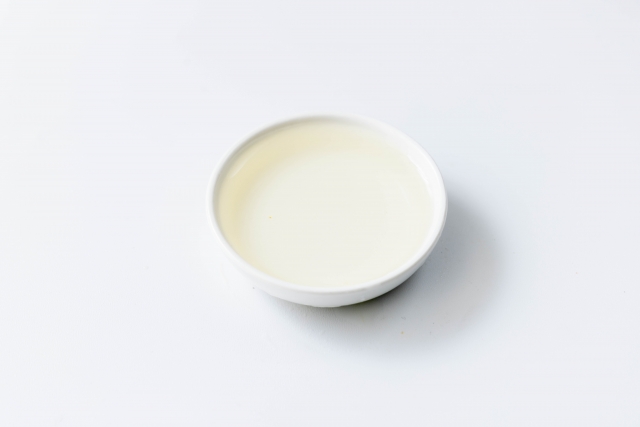Japanese Cooking Sake (Ryori-shu) is a type of rice wine used in Japanese cuisine to enhance flavor and reduce the odor of meat and fish. It plays a crucial role in deepening the taste of dishes and creating a well-balanced umami.

History of Japanese Cooking Sake
Cooking sake originated from the use of regular sake in cooking. By the Edo period, it became an essential ingredient for adding depth to flavors. Today, commercially available cooking sake is widely used in both home and professional kitchens.
Types of Japanese Cooking Sake
Pure Cooking Sake – Made using the same process as drinking sake, without added salt. It is preferred for high-quality Japanese cuisine.
Salted Cooking Sake – Contains added salt to avoid liquor tax and is commonly used in home cooking.
Uses of Japanese Cooking Sake
Simmered Dishes – Used in dishes like simmered fish or nikujaga (meat and potato stew) to remove unwanted odors and enhance flavors.
Grilled Dishes – Applied to teriyaki or grilled fish to keep the texture moist and flavorful.
Rice Cooking – Adding a small amount when cooking rice improves its gloss and fragrance.
Marinades & Seasoning – Helps tenderize meat and fish while drawing out their natural umami.
How Japanese Cooking Sake is Made
Preparation of Rice and Koji
Steamed rice is combined with koji mold, which breaks down starch into sugars.
Fermentation
Yeast is added to ferment the mixture, producing alcohol and enhancing flavor.
Filtration and Aging
After fermentation, the sake is filtered and aged to develop a richer taste.
Adjustment
Many commercial cooking sake products contain added salt or acidifiers to exempt them from liquor tax, making them unsuitable for drinking.
Nutritional Value
Cooking sake contains amino acids and organic acids that enhance the depth of flavors in dishes. The alcohol content evaporates during cooking, leaving behind a rich umami taste that elevates the overall dish.
Comments